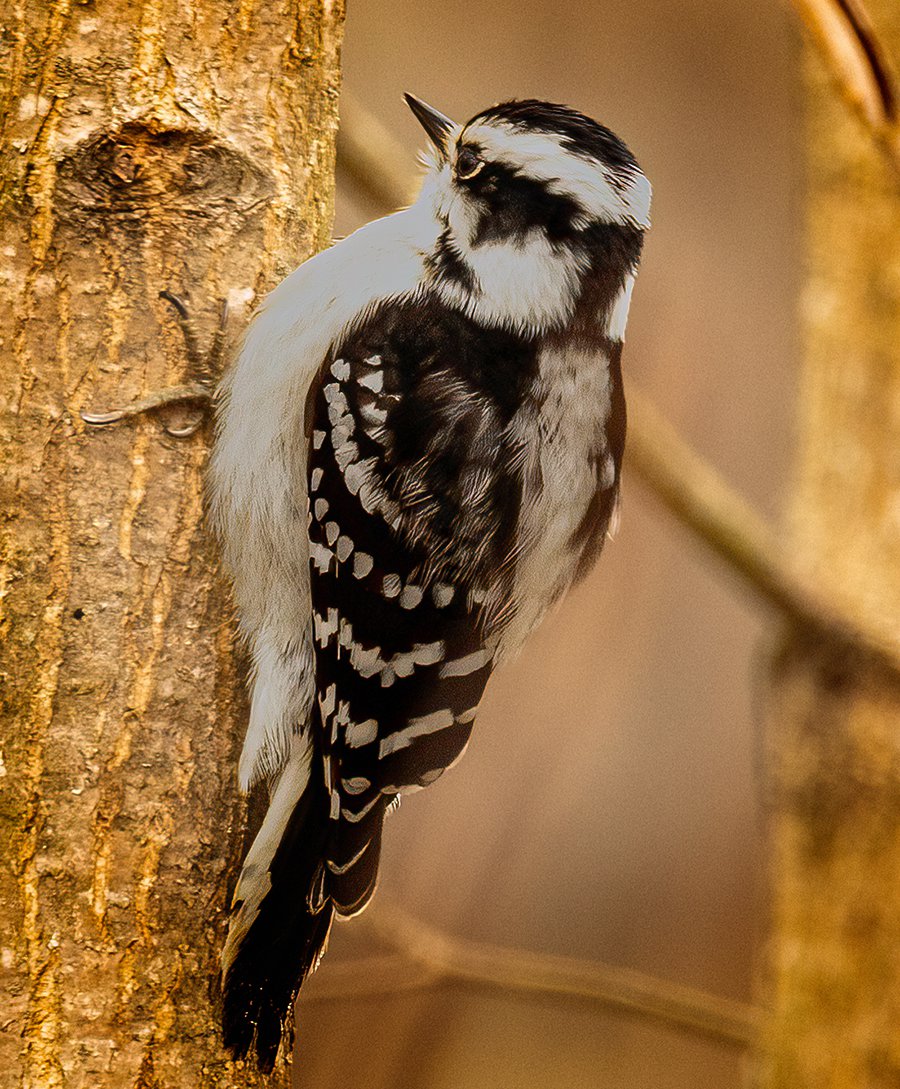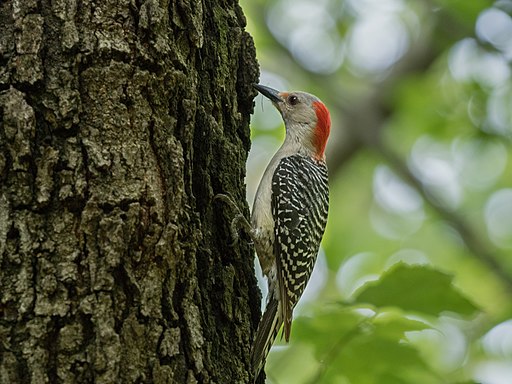Native Woodpeckers in Florida: A Guide to Species and Behaviors
Native Woodpeckers in Florida: A Guide to Species and Behaviors
Blog Article
Discover the Remarkable World of Woodpeckers: Everything You Required to Know
The globe of woodpeckers is a world filled with one-of-a-kind behaviors, complex adaptations, and a diverse selection of species. From their environments and circulation patterns to their feeding practices and specialized physiological features, woodpeckers have actually long astounded the rate of interest of ornithologists and nature fanatics alike.
Woodpecker Habitats and Circulation
Woodpeckers inhabit a diverse series of atmospheres worldwide, showcasing versatility in their circulation patterns. These durable birds are located in woodlands, timberlands, savannas, and deserts throughout numerous continents, demonstrating their ability to flourish in different climatic conditions. In The United States and copyright, for instance, woodpeckers can be detected in both coniferous and deciduous woodlands, using their strong beaks to forage for bugs and produce nesting dental caries in trees. Similarly, in Africa, certain woodpecker types have actually adjusted to dry atmospheres, such as the acacia timberlands, where they play an essential duty in regulating insect populations.

Feeding Behaviors and Diet Plan
Woodpeckers use their strong beaks to drill into the bark of trees, penetrating for pests and larvae hidden below the surface. In addition to pests, woodpeckers additionally take in nuts, seeds, fruits, and sap.
Woodpeckers are understood for their drumming behavior, which serves not just to connect with various other woodpeckers however also to locate food. The quick drumming noise is produced by the bird pecking on resonant surface areas like dead trees or steel posts. This habits can draw in bugs hidden in the wood, enabling the woodpecker to identify their presence and feed upon them.
Unique Adaptations for Tree Climbing
In their proficient quest of insects concealed within tree bark, woodpeckers have advanced amazing physiological features that equip them with special adjustments for efficient tree climbing. Woodpeckers have strong neck muscle mass and a special head structure that take in the effect of consistent pecking, enabling them to climb vertically without triggering injury to their minds. These adaptations showcase the incredible evolutionary style that makes it possible for woodpeckers to browse trees with accuracy and efficiency.
Diverse Woodpecker Species Worldwide
With over 200 different varieties spread across numerous habitats worldwide, the family of Picidae encompasses an impressive variety of woodpeckers. These birds can be discovered in forests, forests, savannas, and even urban locations, showcasing their adaptability to various environments. From the renowned Northern Flicker in North America visite site to the vivid and elusive Crimson-backed Flameback in Asia, each woodpecker species exhibits unique attributes in terms of tuft, actions, and habitat preference.
Woodpeckers differ greatly in dimension, with the small Downy Woodpecker determining around 6-7 inches in length, while the effective Lineated Woodpecker can get to up to 17 inches - Woodpeckers in Florida. Their beaks likewise come in various shapes and sizes, mirroring their feeding routines. Some types specialize in removing bugs from tree bark, like the Acorn Woodpecker, while others, such as the Black-cheeked Woodpecker, feed upon fruits and seeds

Conservation Efforts and Difficulties
Conservation initiatives for woodpecker populations are crucial in minimizing the impact of environment loss and other risks encountering these varied bird species. Woodpeckers deal with numerous obstacles to their survival, mainly because of deforestation, urbanization, climate modification, and intrusive varieties. To deal with these problems, conservation efforts concentrate on securing and recovering woodpecker environments, applying lasting forestry techniques, and elevating recognition concerning the relevance of these birds in ecological communities.
One substantial obstacle in woodpecker preservation is the fragmentation of their environments, bring about separated populaces that are a lot more prone to extinction - Woodpeckers in Florida. Guardians work to create wild animals hallways and shielded locations that link these fragmented habitats, allowing woodpeckers to move between various locations for feeding, breeding, and next shelter

Conclusion
In final thought, woodpeckers are interesting birds with special adjustments for tree climbing and feeding behaviors. Further research and conservation actions are required to ensure the survival of woodpeckers in the wild.
Report this page